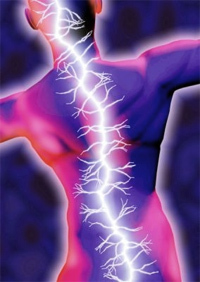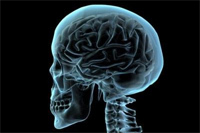
The idea that the nerve cells that make up the brain cannot reproduce has long been neurological dogma, but things are changing! There is a lot of modern scientific research that says the opposite. Neurobiologist Fred Gage of the Salk Institute in California has shown that new cells are produced in the hippocampus, the area of the brain responsible for memory.
It has also been shown that the number of nerve cells (neurons) in mice raised under conditions of stimulation and activity increases significantly compared to neglected mice. These findings form the basis of the complementary neurorehabilitation method used at the American Institute for the Achievement of Human Potential in the USA, developed by Mr Glenn Doman's team of physiotherapists. His method is giving new hope to many brain-damaged children who have been treated as lost causes. Many of the children treated at the Institute have seen their psychomotor development exceed all expectations.

The basic idea of Mr. They assume that the brain of a disabled child has stopped growing or has slowed down, and with this programme they are accelerating this growth. It is also believed that brain development is a flexible process and that it is constantly changing. The process of brain growth can be facilitated by visual, auditory and tactile stimulation, or it can be accelerated by increasing the frequency, intensity and duration of such stimulation. There are different names and clinical pictures that indicate brain damage. Some of them are: cerebral palsy, spasticity, claudication, dystonia, autism, hyperactivity, athetosis, mental retardation. For each of them, Doman's programme has some specific features, depending on the most dominant problem in each child. Like everything else, the programme cannot help its children with brain damage, even if the outcome is not known in advance. This programme does not contradict conventional physical therapy methods, but complements them.
More about the phenomenon of neuroplasticity can be found here:
